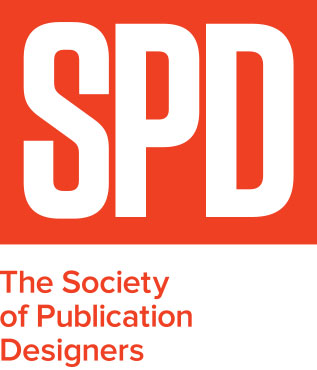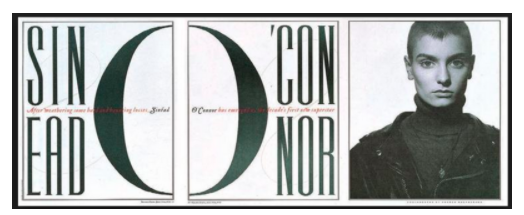Anton Ioukhnovets, Creative Director at Ioukhnovets Studio
/Anton Ioukhnovets: I fell in love with IT while standing in line at the very first McDonalds in Moscow.
This was 1990 and it was not an ordinary line. It wrapped around one of the squares in the center of the city, and it took you an hour and a half to get to the counter to order a piece of the American dream.
Local vendors seized this commercial opportunity and supplied hundreds of people waiting with everything from bubble gum to whisky cocktails in the can.
This is where I first picked up a copy of Rolling Stone.
I don't recall what issue I bought, but I remember that the cover caught my eye right away. And when I opened the magazine I was stunned.
No exaggeration. I didn't even know what graphic design was, or what the term "typography" meant, and I could not imagine that it was possible to use "letters" in this beautiful way.
I believe it was a feature on the Beastie Boys, or something (can't be positive now). I was leafing through it while standing in line. And it had the headline and deck on its side, placed in these yellow and orange color boxes running up the side of the page. The whole thing was just not normal, it was daring, it was reaching out and grabbing you by the balls!
And I remember thinking "HOW THE FUCK DID THEY COME UP WITH IT?! HOW THE FUCK..."
And that's how my love affair with magazines began :)
A few weeks later, after my initial excitement percolated from my heart into my brain, I took to practical matters. I found the names of people responsible for such unorthodox design. The name Fred Woodward did not have a lot of meaning for me at the time, but since he was at the top of the masthead, I figured he was THE GUY in charge. I wrote a letter of admiration, included a few samples of my "collages" (made from other western magazines) and let the Soviet post office do the rest. Chances are this letter never left the borders of CCCP.
But no matter, looking back now, I can say that this encounter with Rolling Stone taught me to push my visual vocabulary, explore and dream.
And it worked.











